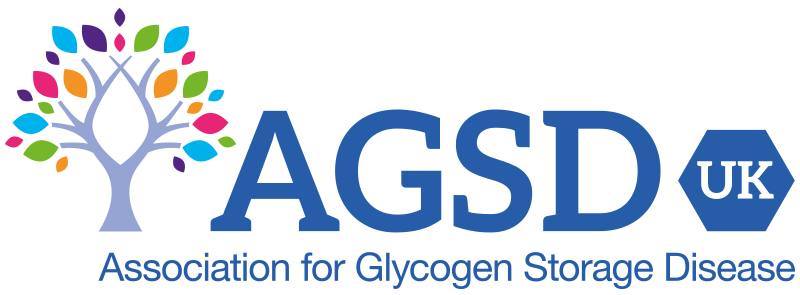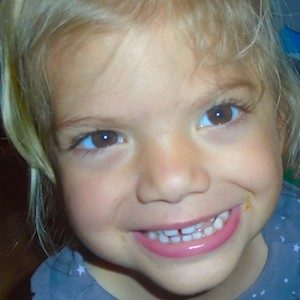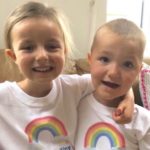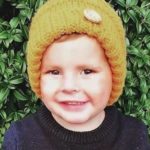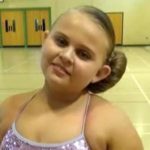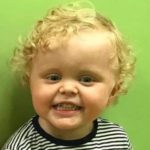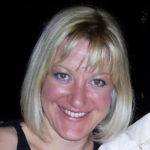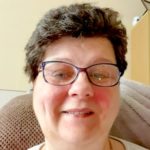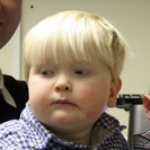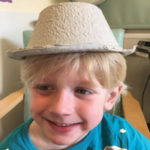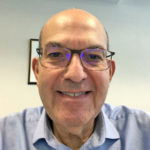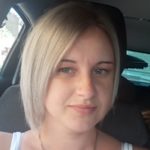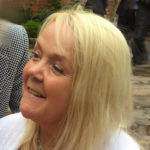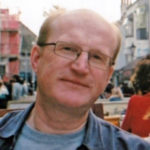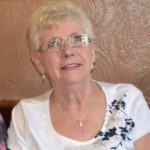Szilvia Veres stays in touch with AGSD-UK from her home in Hungary. Here Szilvia tells the story of her daughter Julia, aged 3, who lives with a novel neuromuscular type of GSD4.
Happy-go-lucky girl
Julia is definitely a happy-go-lucky little girl. She has just started to notice her limits and often asks me about when she will be able to walk like her sister. Or she asks will she eventually walk one day if she is a good girl and exercises as requested. Otherwise, she butt-scrolls her way around the house and tries to stand up on her knees and balance herself.
Protective big sister
She is very active and loves all activities with her sister. Her sister is 4 and is very protective of Julia. She brings Julia’s stuff over if asked, and Julia sometimes takes advantage of her kindness. They can play together for hours on end, which makes it very easy for me. We are planning a third baby and that will make Julia a big sister, she cannot wait for that.

Julia is a happy-go-lucky girl.
Excess glycogen in the muscles
My daughter’s two changes in the GBE1 gene are c.691+2T>C and c.708G>C. These cause glycogen to be stored in all her muscles, especially around the shoulder girdle and the hip area – her femoral quadriceps (the “quads”) are nearly completely missing. The affected muscles have fatty infiltration and this has caused congenital arthrogryposis (joint contractures) affecting all her joints. Most are nicely straightened by now, but some are not. She has shortened tendons that are awaiting surgery.
Getting stronger every day
Apart from these symptoms Julia has no other problems. Heart and liver are not affected so far. She has a few minor anomalies like micrognathia (undersized lower jaw), small nose and skull deformity.
Julia will soon get a wheelchair to get around in pre-school. But we will never give up hope of her taking a few steps one day, since she is getting stronger every day.
